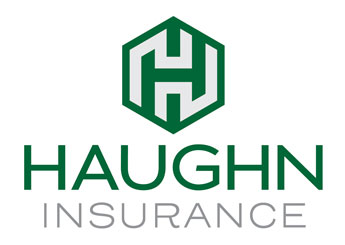
The Employee Retirement Income Security Act of 1974, aka the ERISA, is one of the few laws that fundamentally changed retirement planning and administration in the United States. It created a blueprint around employer-sponsored retirement plans, with one objective: protect those that participate in this plan. The objective was achieved in three well-known ways, writes The Balance:
- Requiring employees to disclose certain information;
- Creating rules of conduct for those acting like a fiduciary of a retirement plan;
- Planning participants and the beneficiaries of participants harmed in some way by their plan sponsor to seek restitution and remedy through court.
One of the rules and regulations involves ERISA bonds. ERISA bonds are absolutely needed, providing a layer of protection for your business. Without business insurance, your company can’t run properly. Here’s a closer look at how these bonds work.
What This Type of Bond Can Do
This bond specifically protects against losses resulting from fraud or dishonesty. As far as those two go, the categories underneath them include: larceny, theft, embezzlement, forgery, misappropriation, wrongful abstraction, wrongful conversion, willful misapplication and more. ERISA bonds hold themselves to specific standards that comply with the law and the Department of Labor’s regulations. First off, they don’t include deductibles. Second, the bond must explicitly name the employer-sponsored retirement plan as the beneficiary of the policy so that the plan, with beneficiaries and all, can be restored.
How Much Coverage is Included
This is the type of coverage a bond typically procures:
- Each person that has access to funds, including cash and the retirement plan, must be covered for up to 10 percent of the amount he or she handled the prior year.
- Coverage can’t be less than $1,000 or more than $500,000–unless that plan includes securities by the employer themselves. In that case, coverage cannot exceed $1,000,000.
For example, if you run a company that’s making $7 million in assets with two employees having access to the money, then those two would have to be insured for $500,000 each. For a security-sponsored plan, then it would be raised to $700,000 each. Another important thing to note is that an ERISA bond is self-sustaining, meaning it’s covered by the employer-sponsored retirement plan itself. That means your business won’t have to worry about any funds coming out of its pockets. Everyone that’s going to be touching your money needs to have some kind of coverage. ERISA makes it unlawful for someone who is not covered to touch your money, giving your business more protection overall. Having business insurance will help keep your business out of trouble. It gives you a safety net that you never realized that you needed before.
About Haughn & Associates
Founded by Michael Haughn in 1986, Haughn & Associates is a full-service, family-owned, independent insurance agency based out of Dublin, Ohio. H&A strives to provide the best possible price and unique insurance solutions across a myriad of industries, including construction, IT, Habitation & Commercial Property, Agriculture, and Engineering. Devoted to providing the best of business insurance, life and disability insurance, personal insurance, employee benefits, and bonds, H&A is proof that success lies in long-standing client relations and satisfaction. To learn more about how H&A can be of service to you, contact us at (877) 802-2278.

